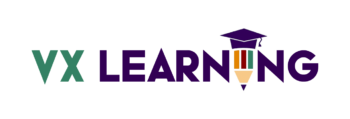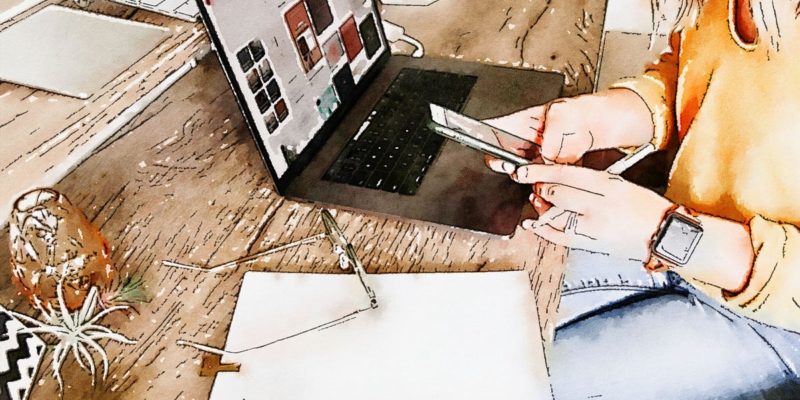For most of human history, note-taking was an analog process. The earliest examples date back thousands of years, with cave drawings and inscriptions used to record information. Wax tablets were used in Ancient Rome, slate boards in the 19th century, and notebooks made of bound paper became ubiquitous in the 20th century. Note-taking was a private act, with the record kept in the hands of the note-taker. The physical barriers provided natural security, as the information could not be accessed remotely.
Note-taking also allowed for creativity and customization. With pen and paper, people could capture information however they pleased – in planners, bullet journals, or their shorthand. Notebooks could be decorated and made into a reflection of the owner’s personality. While manual note-taking required effort and consistency, it allowed for total privacy and control over one’s information.
Digital revolution – Convenience at a cost
The late 20th century brought the digital revolution the shift from analog, physical devices to digital technology. For note-taking, this transitioned handwritten notes to pixels on a screen. The conveniences of digital note-taking are numerous. Tablets and smart devices allow you to take, organize, and access notes anywhere. Notes are tagged, searched, and synced across devices. Collaborative apps enable real-time sharing of notes between colleagues or classmates. Recording features allow you to capture audio alongside your written notes.
However, the privacy risks multiplied exponentially. With analog note-taking, the physical barrier inherently kept notes private. But digitally, your notes are stored on servers owned by third-party companies. It grants them full access to your data, with the ability to use it for advertising or sell it to other parties. Your private thoughts and ideas are commoditized into data points. Some also find that creativity and customization are hampered in rigid digital interfaces, losing the personal touch of pen-and-paper note-taking. Convenience comes at the cost of true privacy and control.
Prioritizing privacy in a digital world
While we cannot turn back the clock on technological advancement, there are ways to prioritize privacy when taking notes digitally:
- Be aware of privacy policies and opt out of data collection when possible. This limits third-party access to your information.
- Use apps and services that offer end-to-end encryption, which protects the contents of your notes.
- Use open-source software when possible, giving you more visibility into how your data is handled.
- Store sensitive notes locally on your device rather than in the cloud. It prevents remote access.
- Regularly purge cloud-stored notes that are no longer needed. The less available, the better.
- Enable enhanced security features like two-factor authentication. This adds another layer of protection.
- Consider supplementing with analog methods like paper notebooks or personal shorthand when taking highly sensitive notes.
While digital safenote enables great convenience, we must remain vigilant of our privacy and take proactive steps to protect our data. With awareness and action, we enjoy the benefits of technology while retaining control over our information.
Future of note-taking
The note-taking landscape will continue evolving in tandem with technological advancement. We expect even deeper integration of AI-powered features like smart tagging and organizational tools. Voice transcription and handwriting-to-text conversion will become seamless. Assistants may suggest helpful notes based on context. However, for these trends to be adopted, note-taking tools must prioritize user privacy and security. People will only entrust their private thoughts and ideas to services they trust. Companies that build strong privacy protections into their technology will thrive in the future. As technology should enhance life rather than detract from it, seamlessly integrating the benefits of analog and digital note-taking will be the ideal balance.











